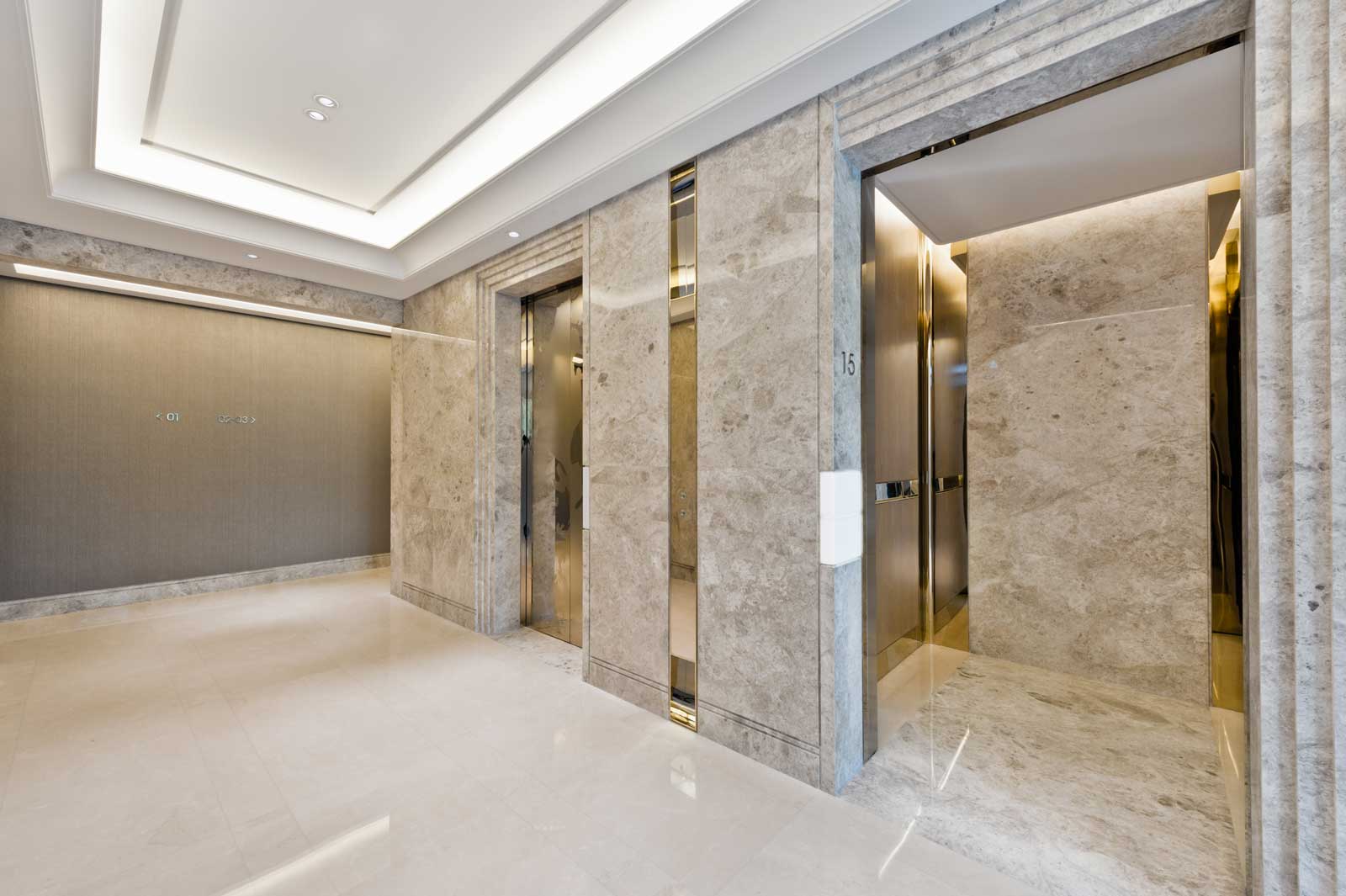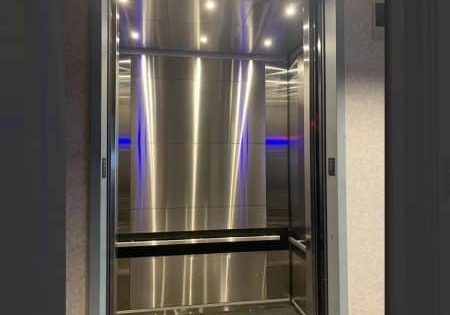I put off writing my editorial this month to see if the debt-ceiling crisis would be resolved. I didn’t want to write that our (elevator) world was great if we were really headed for recession. So, one crisis is in the past and the next one is too many jobs created last month. So now, the Fed is looking at raising the interest rate again. By the time you read this, that decision will be in the past. Also, only 31% of companies surveyed by Morning Brew require employees to come to the office all — or most — of the time. Where people choose to work and interest rates affect the vertical-transportation (VT) industry from the top down. At the top is nearly US$1.5 trillion in commercial mortgages coming due over the next three years, and more than half plan to shed office space. Many commercial landlords who borrowed the money are vulnerable to default, in part because the loans are interest-only, with the total principal at the end. This is not just bad for building owners and urban downtowns; it is also an ominous sign for banks that are involved in real estate…and for the VT industry. If building owners can’t rent their office space, or refinance, then default on their loans, that means empty buildings (no mod jobs, no conversions, no maintenance). If they do refinance at a higher rate, rents will go up, which may also mean empty buildings. Speaking of conversions, you should check out our June blog post, “A Set of Intricate Puzzles”, by Assistant Editor Kathleen Farrell (our newest staffer). It’s a big thing now — but not all that easy for VT players.
We focus this month on Cabs and Design, with four articles and a feature:
- It’s All About Relationships by Mandy Mills. The author discusses how FabACab works with customers to deliver its patented interior system using installer feedback.
- Simplifying Shell Installation for Mods shares the MAD Elevator process, including many trials and trips back to the drawing boards to finalize their quick-to-install product.
- Vertical Transportation Safety Awareness, Inclusiveness and Design Approach Matters in the Global Frame by Magdalena Krstanoski. This paper from the International Elevator & Escalator Symposium (IEES) in Barcelona, Spain, emphasizes the relevant factors in safety, inclusiveness and design from the end-user perspective.
- Doors, Doors, Doors by Kathleen Farrell. The author interviews Daren Lehman, contract manager at The Ohio State University. The office of Student Life manages 108 elevators — the oldest a winding drum installed in 1958.
- Built to Dazzle in Oslo by Kaija Wilkinson is a feature (and on the cover). Clarion Hotel the Hub is one of Norway’s largest hotels. Built in 1952, its elevator system was recently modernized by Schindler with four different types of metal by Rimex in the cabs.
EW covers two events in this issue: In the U.S., Best Ever by Lindsay Fletcher provides a play-by-play of the popular Elevator Conference of New York Supplier Showcase held every spring at Villa Barone Manor in the Bronx. The showcase always has high energy and includes all levels of the industry, from executives to mechanic helpers in attendance. In Back with New Ideas, our European Correspondent Undine Stricker-Berghoff covers Heilbronn Elevator Days. The well-attended event saw 13 lectures on “The Elevator in the 21st Century.”
4 Echelon Plaza by Joseph Caperna is a feature from New Jersey where Otis replaced 50-year-old equipment with new Gen2 gearless machines and controls.
Our history column by Dr. Lee Gray focuses on ELEVATOR WORLD in 1983. That year was full of our industry’s new use of computers, data collection and microprocessor controls. Early users included Dr. Joris Schroeder (Schindler) for traffic studies, Otis for developing OtisLine and Jack Edwards (Dover), who used a Tandy from Radio Shack to do job estimates.
Speaking of computers, 40 years later you can hardly read an article that doesn’t use them in the VT offered. In this issue, we have EOX Comes to North America by Kaija Wilkinson. In Europe for a year, the energy-efficient EOX has now been launched by TK Elevator in North America. The digitally native system for low- to mid-rise buildings comes standard with a predictive maintenance solution. Next Generation Dispatching at Otis by Juan Morales and Arthur Hsu is an IEES paper from Barcelona that describes how Otis is using machine learning to predict traffic and dispatching with a digital twin.
We work hard to give you issues that are thought-provoking. If you love this issue (or not), don’t hesitate to let me know at [email protected].
Get more of Elevator World. Sign up for our free e-newsletter.










